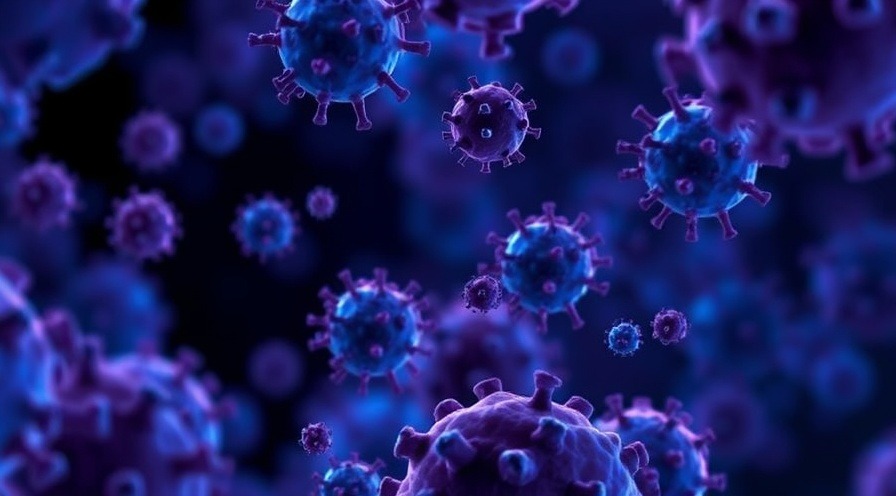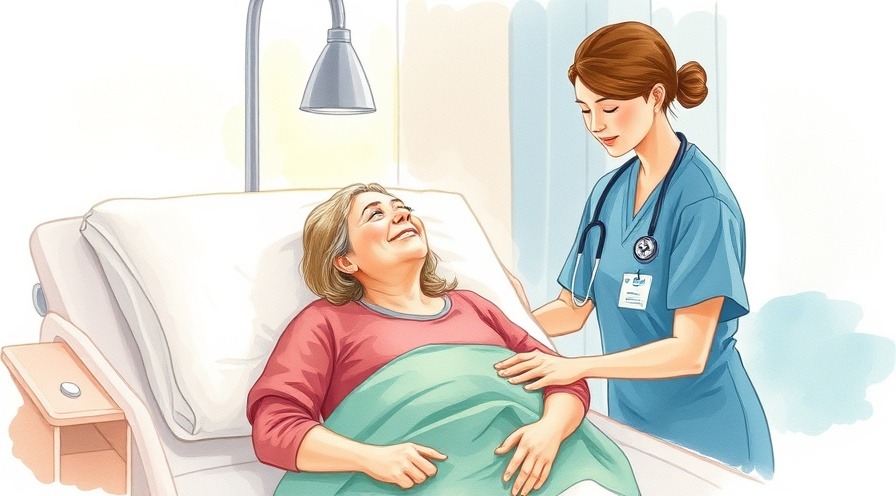
Revolutionizing Women’s Health: Home Screening for Cervical Cancer
Cervical cancer has long been a significant health concern for women, but recent innovations are making it easier to undergo screening. The FDA has approved the first at-home cervical cancer screening tool from Teal Health, providing an alternative to traditional Pap smears. This breakthrough could be a game-changer for women who face barriers in accessing healthcare services.
In Can I actually screen for cervical cancer at home?, we explore a pioneering at-home cervical cancer screening tool, revealing key insights into how this innovation is set to transform women's health.
Breaking Down Barriers to Access
The traditional in-person Pap smear can be a deterrent for many women due to various reasons—ranging from scheduling conflicts to personal discomfort. Teal Health’s at-home test allows women to order the screening online, collect their samples privately, and send them back for testing, all while ensuring they have the opportunity to consult with a physician via telehealth. This streamlined process addresses not just the logistical challenges, but also the anxieties tied to in-clinic visits.
How the Testing Process Works
Teal Health plans to launch their service initially in California, gradually expanding to other states. Once a woman orders the test online, she collects her sample and returns it for HPV testing. If the result is positive, further evaluation via a Pap smear or colposcopy is recommended. In case of a negative result, further screenings would not be necessary for 3 to 5 years. This protocol not only enhances accessibility but also encourages women to stay proactive about their health.
Supporting Women’s Health with Telehealth
The integration of telehealth is a significant aspect of this new screening process. For many women, the inability to travel to a doctor, whether due to work commitments, financial constraints, or caregiving responsibilities, can pose a serious barrier to regular health checks. Teal Health's approach offers a supportive and convenient solution tailored to women’s diverse lifestyles, bridging the gap to quality healthcare.
The Bigger Picture: Early Detection and Prevention
Widespread adoption of at-home cervical cancer screenings could drastically impact early detection rates. In the long run, improving accessibility through technology can help reduce late-stage diagnoses of cervical cancer, thereby allowing for timely interventions that save lives.
Empowering Women to Take Charge of Their Health
With this innovative home screening tool, women are empowered to manage their health actively. Knowledge is power, and making screening accessible removes one of the barriers to health equity. By encouraging regular screenings, we’re promoting a culture of health awareness and preventive care that benefits everyone.
What’s Next for At-Home Health Screenings?
As technology and healthcare converge, we can expect more innovations like this—tools that naturally facilitate health management. The Teal Health screening is just one step on a much-needed journey toward comprehensive, accessible, and patient-centered care.
 Add Row
Add Row  Add
Add 




Write A Comment